-
 Bitcoin
Bitcoin $117,272.7457
1.45% -
 Ethereum
Ethereum $2,938.4907
0.32% -
 XRP
XRP $2.7050
7.14% -
 Tether USDt
Tether USDt $1.0003
0.03% -
 BNB
BNB $688.4019
0.08% -
 Solana
Solana $162.0506
-0.53% -
 USDC
USDC $0.9999
0.01% -
 Dogecoin
Dogecoin $0.1981
2.75% -
 TRON
TRON $0.3014
2.68% -
 Cardano
Cardano $0.7006
4.22% -
 Hyperliquid
Hyperliquid $45.7987
5.26% -
 Sui
Sui $3.3641
-1.74% -
 Stellar
Stellar $0.3530
17.81% -
 Bitcoin Cash
Bitcoin Cash $526.1849
1.91% -
 Chainlink
Chainlink $15.0782
-0.24% -
 Avalanche
Avalanche $20.4108
-1.04% -
 UNUS SED LEO
UNUS SED LEO $9.0974
0.64% -
 Hedera
Hedera $0.1908
0.86% -
 Shiba Inu
Shiba Inu $0.0...01307
-0.71% -
 Toncoin
Toncoin $2.9472
0.65% -
 Litecoin
Litecoin $93.4465
-0.72% -
 Polkadot
Polkadot $3.8633
0.76% -
 Monero
Monero $331.7195
1.21% -
 Uniswap
Uniswap $8.6299
3.44% -
 Dai
Dai $0.9997
-0.01% -
 Ethena USDe
Ethena USDe $1.0005
0.00% -
 Bitget Token
Bitget Token $4.5000
-1.64% -
 Pepe
Pepe $0.0...01213
-0.55% -
 Aave
Aave $293.9403
-3.56% -
 Bittensor
Bittensor $388.7816
4.71%
Using Bollinger Bands to confirm chart patterns in crypto
Bollinger Bands help confirm crypto chart patterns by showing volatility and trend strength, improving trade accuracy when combined with volume and candlestick analysis.
Jul 12, 2025 at 01:08 am
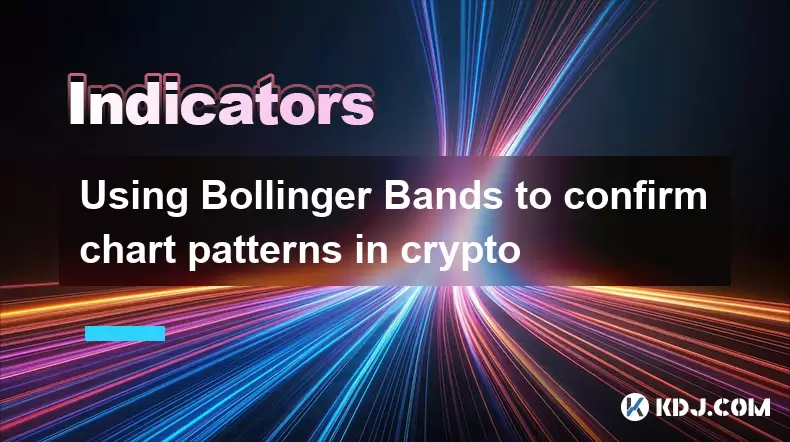
Understanding Bollinger Bands in Cryptocurrency Trading
Bollinger Bands, developed by John Bollinger, are a popular technical analysis tool used across financial markets, including cryptocurrency. They consist of three lines: the middle band is typically a 20-day simple moving average (SMA), while the upper and lower bands represent standard deviations above and below that SMA. These bands dynamically adjust to market volatility, expanding during high volatility and contracting when the market is calm.
In crypto trading, where price swings can be dramatic, Bollinger Bands help traders identify overbought or oversold conditions, potential breakouts, and trend reversals. When prices touch or move outside the bands, it doesn't necessarily indicate a reversal; instead, it signals strength in the current trend. Traders often use these bands alongside other tools such as volume indicators or candlestick patterns for more robust decision-making.
How Chart Patterns Work in Crypto Markets
Chart patterns are visual representations of price movements that traders use to predict future behavior. Common patterns include head and shoulders, double tops/bottoms, triangles, flags, and wedges. In the context of cryptocurrency, where market sentiment can shift rapidly, recognizing these patterns becomes crucial for timing entries and exits.
Each chart pattern has its own set of rules and implications. For example, a bullish flag pattern may suggest an imminent continuation of an uptrend after a brief consolidation period. Conversely, a descending wedge might signal a potential reversal from a downtrend to an uptrend. However, without confirmation tools like Bollinger Bands, these patterns remain subjective and prone to false signals.
Combining Bollinger Bands with Chart Patterns
Using Bollinger Bands to confirm chart patterns adds a layer of objectivity to your trading decisions. Here's how you can apply this strategy:
- Watch for Price Touching the Bands During Pattern Formation: If a bullish flag forms and the price remains within the upper Bollinger Band, it suggests strong buying pressure and increases the likelihood of a successful breakout.
- Look for Squeezes Before Breakouts: A Bollinger Band squeeze occurs when the bands contract tightly around the moving average, indicating low volatility. This often precedes explosive price moves. If a chart pattern emerges just before or during a squeeze, it could be a powerful confirmation signal.
- Check for Divergence at Key Levels: When a chart pattern suggests a reversal but the price fails to touch the outer bands, it might indicate weakening momentum. For instance, if a double top pattern forms but the second peak doesn’t reach the upper band, it could signal waning buyer interest.
By aligning these two methods, traders can filter out weaker setups and focus on those with higher probability outcomes.
Step-by-Step Guide to Confirming Patterns Using Bollinger Bands
To effectively use Bollinger Bands for confirming chart patterns in crypto, follow these steps:
- Identify a Recognizable Chart Pattern: Begin by locating a known formation such as a triangle, head and shoulders, or pennant on your preferred time frame.
- Overlay Bollinger Bands on Your Chart: Use the default settings (20-period SMA and 2 standard deviations) unless you have a specific reason to adjust them.
- Observe Band Behavior During Pattern Development: Watch how the price interacts with the bands. Is it hugging one side? Is there a contraction or expansion?
- Wait for a Clear Breakout or Reversal Signal: Don’t act prematurely. Wait until the pattern completes and the price breaks out in one direction.
- Confirm with Band Expansion or Contraction: A breakout accompanied by band expansion usually indicates strong momentum. If the bands are squeezing before the breakout, consider it a sign of building pressure.
- Use Volume for Additional Confirmation: High volume during a breakout increases the reliability of the signal. Low volume may suggest a false move.
This process helps eliminate noise and improves the accuracy of trade setups in volatile crypto markets.
Common Mistakes to Avoid When Using Bollinger Bands with Chart Patterns
While combining Bollinger Bands and chart patterns can enhance trading performance, several pitfalls should be avoided:
- Relying Solely on One Indicator: No single tool provides perfect signals. Always cross-check with other indicators like RSI, MACD, or support/resistance levels.
- Ignoring Market Context: A pattern that works well in a trending market might fail in a ranging one. Be aware of broader market conditions before entering a trade.
- Overfitting Parameters: Changing the Bollinger Band settings too frequently can lead to curve-fitting. Stick to the standard settings unless backtesting shows consistent improvement.
- Trading Every Touch of the Bands: Prices can stay near or even beyond the bands during strong trends. Not every touch leads to a reversal.
- Neglecting Risk Management: Even confirmed patterns can fail. Always use stop-loss orders and position sizing to protect capital.
Avoiding these errors ensures a more disciplined and effective application of the technique.
Frequently Asked Questions
Q1: Can Bollinger Bands be applied to any cryptocurrency pair?
Yes, Bollinger Bands can be used across all cryptocurrency pairs regardless of market cap or liquidity. However, results may vary based on volatility and trading volume. More liquid pairs like BTC/USDT or ETH/USDT tend to produce clearer signals due to tighter spreads and stronger trends.
Q2: What time frames work best for confirming chart patterns with Bollinger Bands?
The effectiveness depends on the trader’s strategy. Day traders often use 15-minute to 1-hour charts, while swing traders prefer 4-hour to daily charts. Shorter time frames generate more signals but increase noise, whereas longer time frames offer fewer but potentially more reliable setups.
Q3: How do I know if a Bollinger Band squeeze is about to lead to a breakout?
A squeeze is identified when the bands contract significantly. To anticipate a breakout, watch for decreasing volume and narrowing range. The ticker symbol "BBWIDTH" can be used in some platforms to measure the distance between bands. A sudden increase in volatility following a prolonged squeeze often signals an impending move.
Q4: Should I always wait for price to return inside the bands after touching them?
No, not necessarily. In strong trending markets, prices can ride along the bands for extended periods. Waiting for a re-entry might cause you to miss substantial gains. Instead, look for candlestick rejection patterns or divergence at the bands to assess potential reversals.
Disclaimer:info@kdj.com
The information provided is not trading advice. kdj.com does not assume any responsibility for any investments made based on the information provided in this article. Cryptocurrencies are highly volatile and it is highly recommended that you invest with caution after thorough research!
If you believe that the content used on this website infringes your copyright, please contact us immediately (info@kdj.com) and we will delete it promptly.
- Bitcoin's New ATH: Is Upside Potential Still on the Table?
- 2025-07-12 10:30:13
- Worldcoin, Crypto, and Concerns: A New Yorker's Take
- 2025-07-12 10:30:13
- Ripple's RLUSD: Drought Insurance in Kenya and XRP's Bullish Momentum
- 2025-07-12 10:50:11
- Bitcoin's Wild Ride: Surge to $118K, Short Squeeze City!
- 2025-07-12 10:50:11
- Bitcoin, Crypto, and the Bull Run: What's Driving the Surge?
- 2025-07-12 10:55:12
- Pudgy Penguins on the Move: Traders Eye PENGU Price for Dogecoin-Sized Gains
- 2025-07-12 11:00:12
Related knowledge

Crypto RSI for day trading
Jul 12,2025 at 11:14am
Understanding RSI in the Context of Cryptocurrency TradingThe Relative Strength Index (RSI) is a momentum oscillator used to measure the speed and cha...
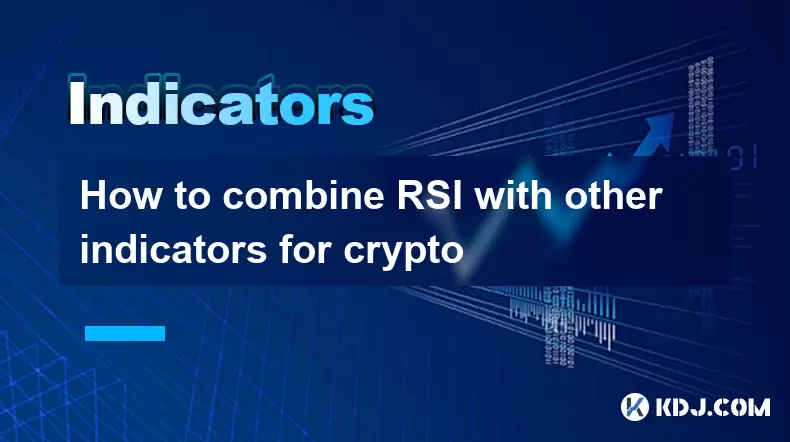
How to combine RSI with other indicators for crypto
Jul 12,2025 at 08:35am
Understanding the Role of RSI in Crypto TradingThe Relative Strength Index (RSI) is a momentum oscillator that measures the speed and change of price ...
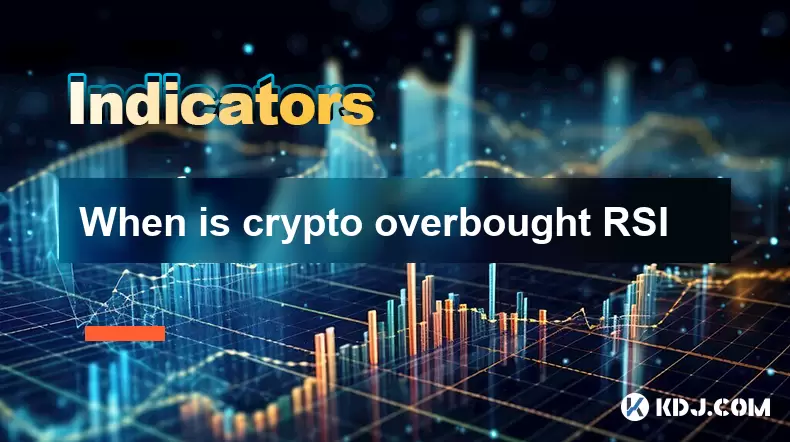
When is crypto overbought RSI
Jul 12,2025 at 11:22am
Understanding RSI in Cryptocurrency TradingThe Relative Strength Index (RSI) is a momentum oscillator used to measure the speed and change of price mo...
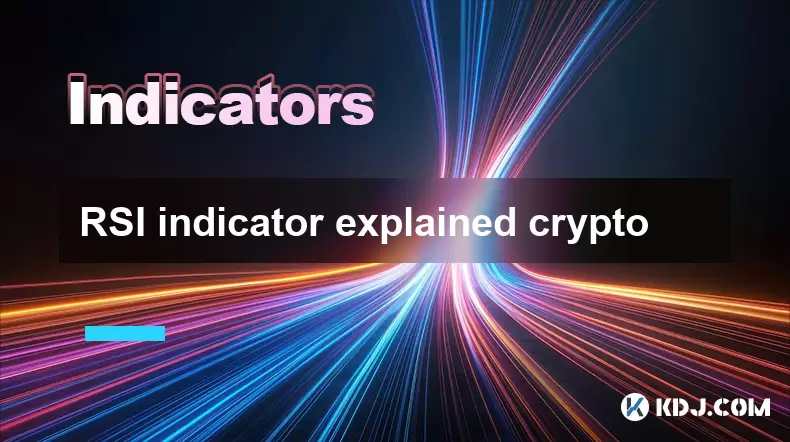
RSI indicator explained crypto
Jul 11,2025 at 03:28pm
Understanding the RSI Indicator in Cryptocurrency TradingThe Relative Strength Index (RSI) is a momentum oscillator commonly used by cryptocurrency tr...
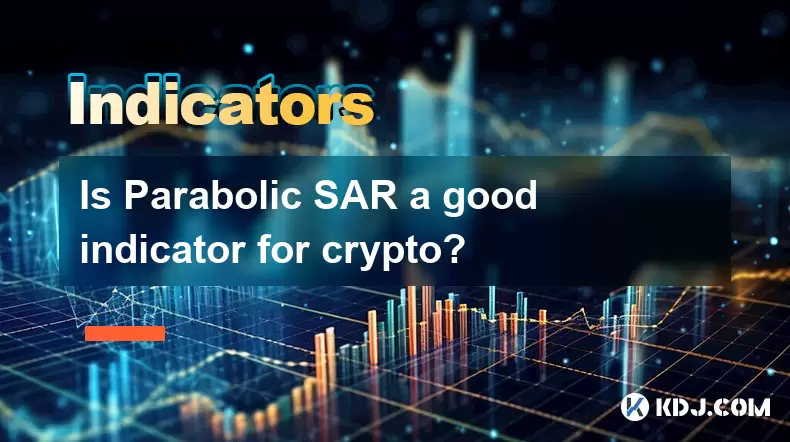
Is Parabolic SAR a good indicator for crypto?
Jul 11,2025 at 02:15pm
Understanding the Parabolic SAR IndicatorThe Parabolic SAR (Stop and Reverse) is a technical analysis tool developed by J. Welles Wilder, primarily us...
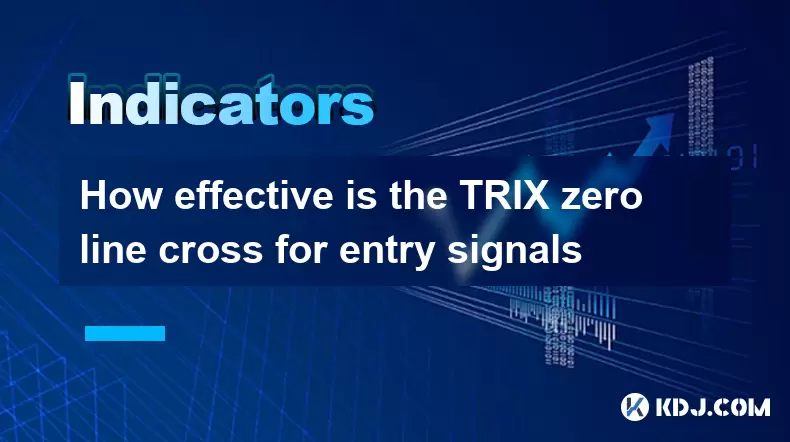
How effective is the TRIX zero line cross for entry signals
Jul 11,2025 at 02:28pm
Understanding the TRIX Indicator and Its Role in Cryptocurrency TradingThe TRIX (Triple Exponential Average) is a momentum oscillator widely used in t...

Crypto RSI for day trading
Jul 12,2025 at 11:14am
Understanding RSI in the Context of Cryptocurrency TradingThe Relative Strength Index (RSI) is a momentum oscillator used to measure the speed and cha...

How to combine RSI with other indicators for crypto
Jul 12,2025 at 08:35am
Understanding the Role of RSI in Crypto TradingThe Relative Strength Index (RSI) is a momentum oscillator that measures the speed and change of price ...

When is crypto overbought RSI
Jul 12,2025 at 11:22am
Understanding RSI in Cryptocurrency TradingThe Relative Strength Index (RSI) is a momentum oscillator used to measure the speed and change of price mo...

RSI indicator explained crypto
Jul 11,2025 at 03:28pm
Understanding the RSI Indicator in Cryptocurrency TradingThe Relative Strength Index (RSI) is a momentum oscillator commonly used by cryptocurrency tr...

Is Parabolic SAR a good indicator for crypto?
Jul 11,2025 at 02:15pm
Understanding the Parabolic SAR IndicatorThe Parabolic SAR (Stop and Reverse) is a technical analysis tool developed by J. Welles Wilder, primarily us...

How effective is the TRIX zero line cross for entry signals
Jul 11,2025 at 02:28pm
Understanding the TRIX Indicator and Its Role in Cryptocurrency TradingThe TRIX (Triple Exponential Average) is a momentum oscillator widely used in t...
See all articles
























































































